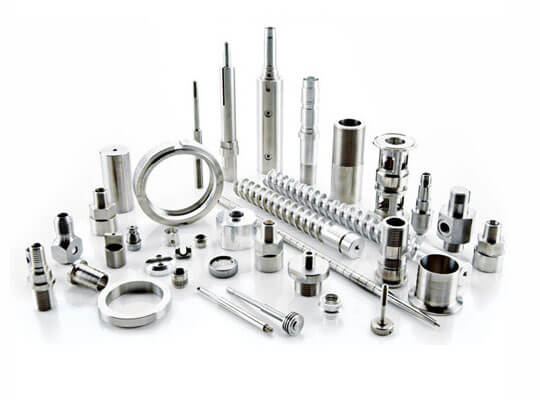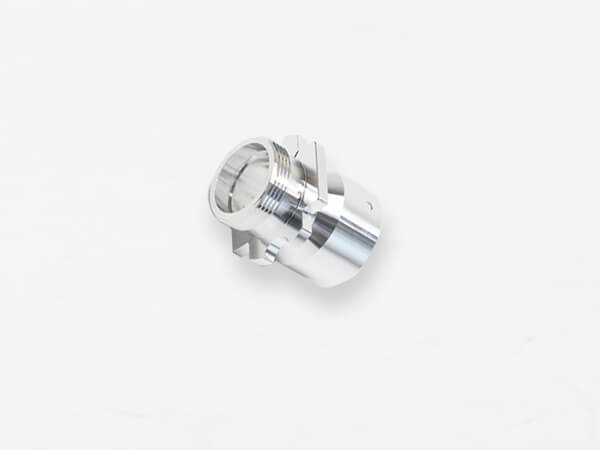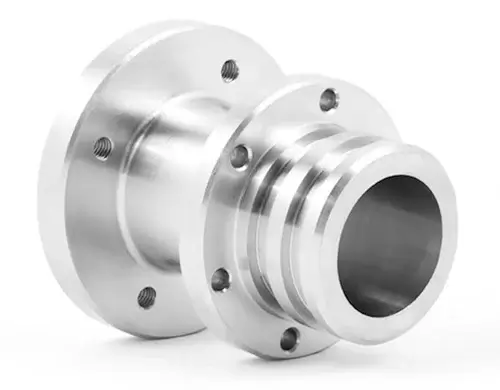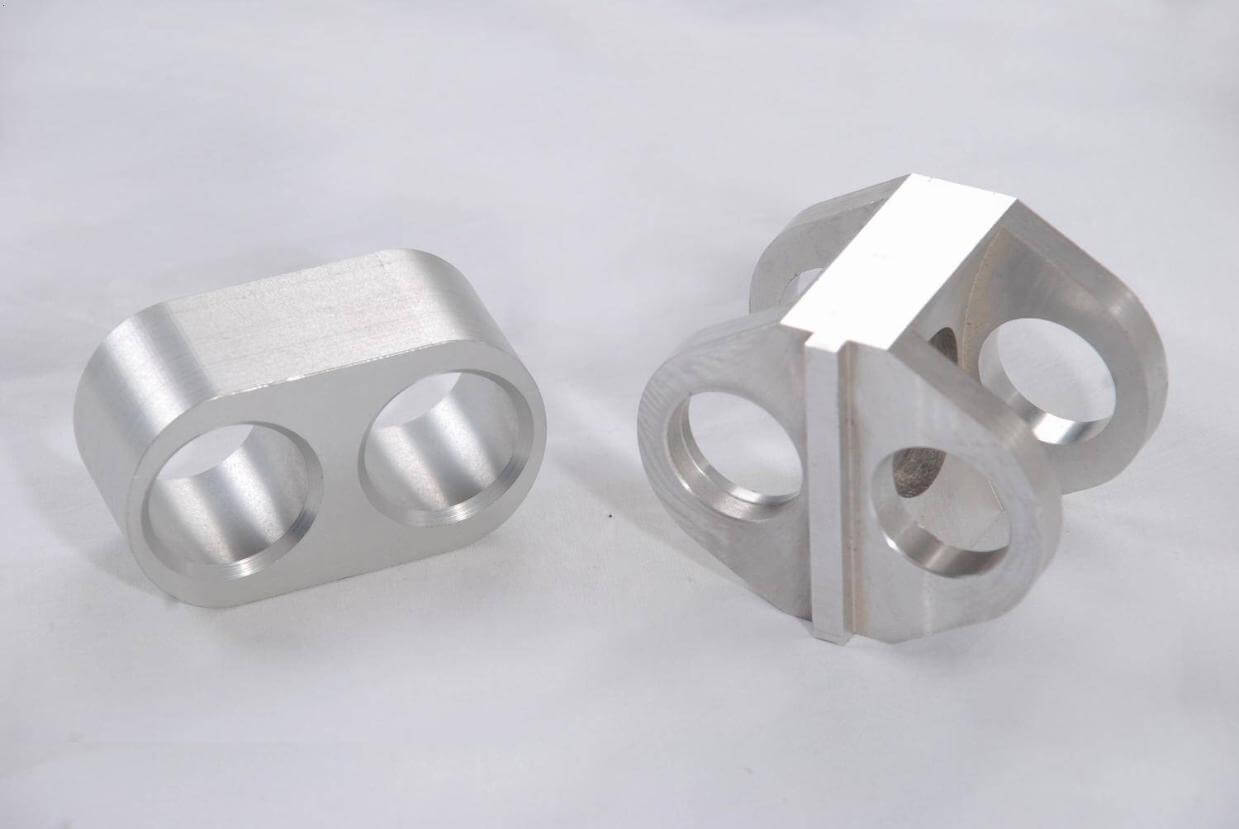Aerospace Parts: sustainable advantages
The aviation industry plays a crucial role in connecting people and goods across the globe. However, it is also one of the most energy-intensive industries, contributing to greenhouse gas emissions and environmental degradation. In recent years, there has been a growing emphasis on sustainability in the aerospace sector, with a particular focus on the use of sustainable aerospace parts.
Sustainable aerospace components refer to components that are designed, manufactured and maintained with the premise of minimizing environmental impact. The parts are made from renewable, recyclable or biodegradable materials and produced using processes that use less energy and produce fewer emissions. By using sustainable aerospace parts, the aviation industry can not only reduce its carbon footprint, but also contribute to a more sustainable future. This is the direction for future aerospace parts manufacturing.

One of the key benefits of sustainable aerospace parts is their positive impact on the environment. Traditional aerospace parts are often made from materials that are non-renewable and have a high carbon footprint. For example, aluminum, which is commonly used in aircraft manufacturing, requires a significant amount of energy to extract and process. In contrast, sustainable aerospace parts can be made from materials such as bio-composites, which are derived from renewable sources like plant fibers. These materials have a lower carbon footprint and can be recycled or biodegraded at the end of their life cycle, reducing waste and pollution.
In addition to their environmental benefits, sustainable aerospace parts also offer economic advantages. The aviation industry is highly competitive, and airlines are constantly looking for ways to reduce costs. Sustainable aerospace parts can help achieve this goal by improving fuel efficiency and reducing maintenance and repair costs. For example, lightweight sustainable materials can reduce the weight of aircraft, resulting in lower fuel consumption and operating costs. Furthermore, sustainable parts often have a longer lifespan and require less frequent replacement, leading to cost savings over time.

Moreover, the use of sustainable aerospace parts can enhance the reputation and brand image of airlines and aircraft manufacturers. In today’s environmentally conscious society, consumers are increasingly concerned about the environmental impact of the products and services they use. By adopting sustainable practices, airlines can demonstrate their commitment to sustainability and attract environmentally conscious customers. This can lead to increased customer loyalty and a competitive advantage in the market.
Furthermore, the adoption of sustainable aerospace parts can also drive innovation in the industry. As manufacturers strive to develop more sustainable materials and processes, they are likely to discover new technologies and techniques that can be applied to other sectors. This can lead to the development of new products and services that are more sustainable and environmentally friendly, benefiting not only the aviation industry but also society as a whole.

In conclusion, the use of sustainable aerospace parts is of utmost importance in the aviation industry.These parts offer numerous benefits, including reduced environmental impact, cost savings, improved brand image, and driving innovation. As the industry continues to grow and evolve, it is crucial for stakeholders to prioritize sustainability and work towards a more sustainable future. By investing in sustainable aerospace parts, the aviation industry can play a significant role in mitigating climate change and preserving the planet for future generations.
